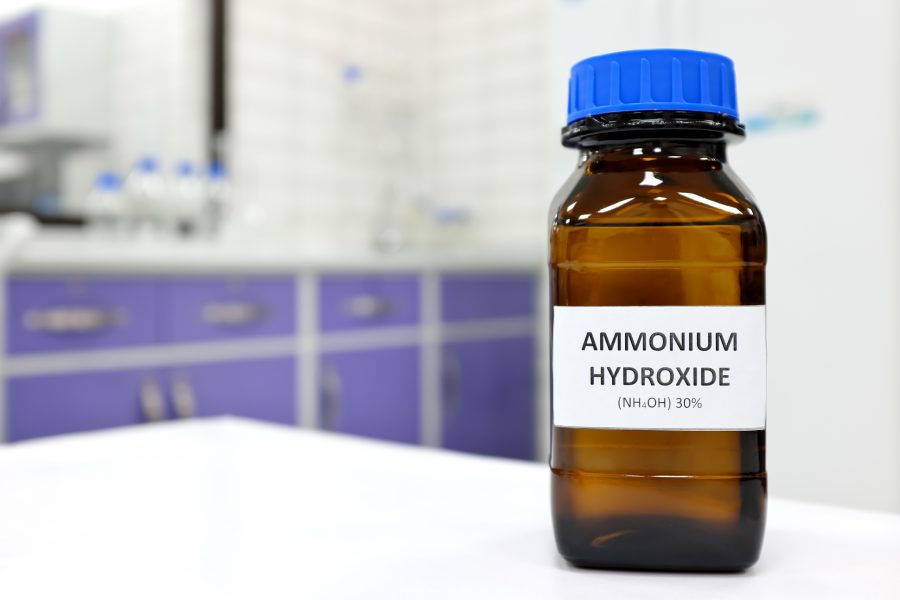
Ammonium hydroxide is a colorless liquid with a pungent odor that is widely used in various industrial and household applications. It is commonly used in cleaning products, fertilizers, and even in food production. Despite its usefulness, ammonium hydroxide can be dangerous if not handled properly.
In this article, we will discuss how to handle ammonium hydroxide safely in both industrial and household settings. We will provide detailed information on the potential hazards of ammonium hydroxide and practical measures that can be taken to minimize the risk of accidents and injuries.
What is Ammonium Hydroxide?
Ammonium hydroxide is a compound that consists of ammonia and water. It is also known as aqueous ammonia, ammonia water, or simply ammonia. Ammonia is a gas with a characteristic pungent odor, while water is a clear, colorless liquid. When ammonia is dissolved in water, it forms ammonium hydroxide, a colorless liquid with a pungent odor.
Ammonium hydroxide has a wide range of applications in various industries. In the food industry, it is used as a leavening agent and pH regulator. It is also used in cleaning products, fertilizers, and textile production. In addition, ammonium hydroxide is used in the production of plastics, rubber, and other industrial chemicals.
Potential Hazards of Ammonium Hydroxide
Although ammonium hydroxide is a useful compound, it can pose serious risks if not handled properly. Exposure to ammonium hydroxide can cause respiratory problems, skin irritation, and eye damage. Ingestion of ammonium hydroxide can cause burns, vomiting, and even death in severe cases.
In industrial settings, workers who handle ammonium hydroxide must take extra precautions to protect themselves from the hazards of this chemical. They must wear protective clothing, such as gloves and goggles, to prevent skin and eye contact. They must also work in well-ventilated areas to avoid inhaling ammonia fumes.
In household settings, ammonium hydroxide is commonly found in cleaning products. These products can pose a risk to children and pets who may accidentally ingest them. It is important to keep cleaning products containing ammonium hydroxide out of the reach of children and pets.
Safe Handling of Ammonium Hydroxide
To handle ammonium hydroxide safely, it is important to take appropriate measures to minimize the risk of accidents and injuries. The following are some practical steps that can be taken to handle ammonium hydroxide safely in both industrial and household settings:
1. Wear Protective Clothing
When handling ammonium hydroxide, it is important to wear appropriate protective clothing to prevent skin and eye contact. This includes gloves, goggles, and protective clothing. It is also important to work in a well-ventilated area to avoid inhaling ammonia fumes.
2. Store Ammonium Hydroxide Properly
Ammonium hydroxide should be stored in a cool, dry place away from heat and direct sunlight. It should be stored in a tightly closed container to prevent evaporation and exposure to air. Ammonium hydroxide should also be stored separately from other chemicals to avoid the risk of accidental mixing.
3. Handle Ammonium Hydroxide Carefully
When handling ammonium hydroxide, it is important to handle it carefully to avoid spills and leaks. It should be handled in a way that minimizes the risk of splashing or spraying. If spills or leaks occur, they should be cleaned up immediately using appropriate materials, such as absorbent pads or sand.
4. Follow Safety Procedures
To handle ammonium hydroxide safely



Commentaires